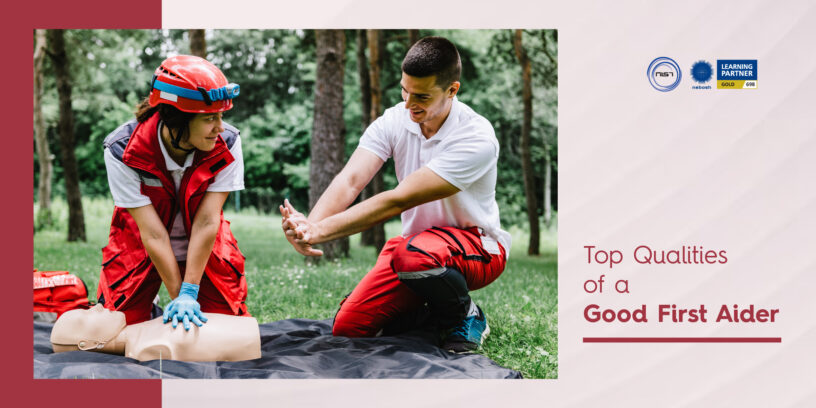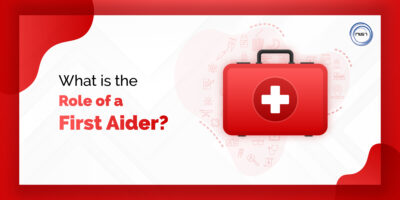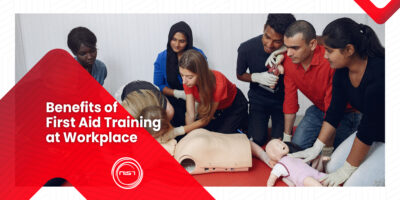Having a first aider on hand during an emergency at workplace might mean the difference between life and death. First aiders, are essential in providing immediate aid prior to the arrival of emergency services. Having a first aider on standby could be of immense support while working in high-risk situations, such as those involving heavy machinery, working from a height, or transferring enormous weights.
First Aid training is now required in all workplaces thanks to the efforts of numerous businesses and organizations, which understand its worth. The number of employees will determine the number of first responders required. In this blog, we will discuss about the required qualities of a First Aider:
1. Quick Response
The ability to determine quick when someone needs emergency help is essential for a competent first aider.
To assess the situation and promptly come up with a plan in the event of an unexpected accident or injury requires initiative and training. In the event of an emergency, you ought to be able to help the victim right away.
2. Stay Calm
First aiders are occasionally challenged with a variety of emergency scenarios. You should be able to keep your ‘cool’ under pressure while still being aware of the larger problem.
Most of the time, an emergency situation is chaotic and unmanageable, but a professional first responder must remain calm and confident. The key is to take your time while remaining determined about your next steps. Failure to do so will only worsen the issue. It can also cause observers and coworkers to lose confidence in your ability to handle the situation.
3. Clear Communication
The capacity to communicate effectively with the victim/s in a high-pressure scenario is one of the most crucial skills a First Aider should have.
You’ll need to speak with the victim as well as gather information from bystanders and coworkers. There are techniques to get the victim to focus and offer information if they are in great pain or are not fully conscious. When inquiring about what happened & how they are feeling, you must be direct and explicit.
Proper communication is also essential when conveying the incident and injuries to emergency workers upon arrival or over the phone. You’ll be in charge of handing over the victim to the paramedics, and you’ll need to be able to relay all of the victim’s vital signs.
4. Leadership
As a first aider on the scene, you must be able to control a potentially sensitive scenario. Others, such as coworkers and bystanders, may look to you for leadership during an emergency.
First aiders frequently have to work together with emergency personnel and other first responders. Because of this, a great first aider also needs to be a strong team player in addition to being a good leader.
5. Limitations
In spite of your expertise to step in and assist in any emergency, you must be able to recognize the boundaries of your skills and knowledge. A certified first aider can determine whether extra assistance is necessary rather than attempting to do it on their own.
First Aid Training @ NIST Global
Good practical and hands-on training is necessary for the first aider to recognise risks and confidently administer first aid.
You can be ready to act calmly in an emergency by taking proper First Aid training, like those provided by recognized Safety Organization like NIST Global. With the knowledge that gain, you may approach the situation with confidence.
The goal of First Training at NIST Global is to improve the technical and personal qualities that can make you a great first aider by giving you practice scenarios based on actual events.
Have more inquiries? Phone us now @ +91 8754465588 or mail us @ info@nistglobal.com













Leave a Reply